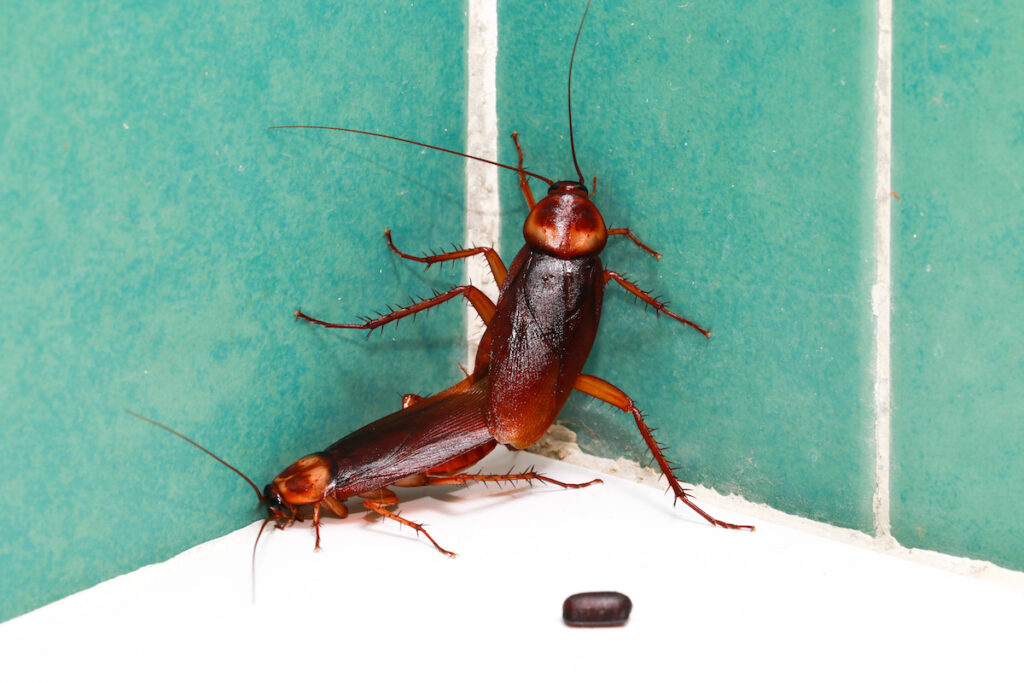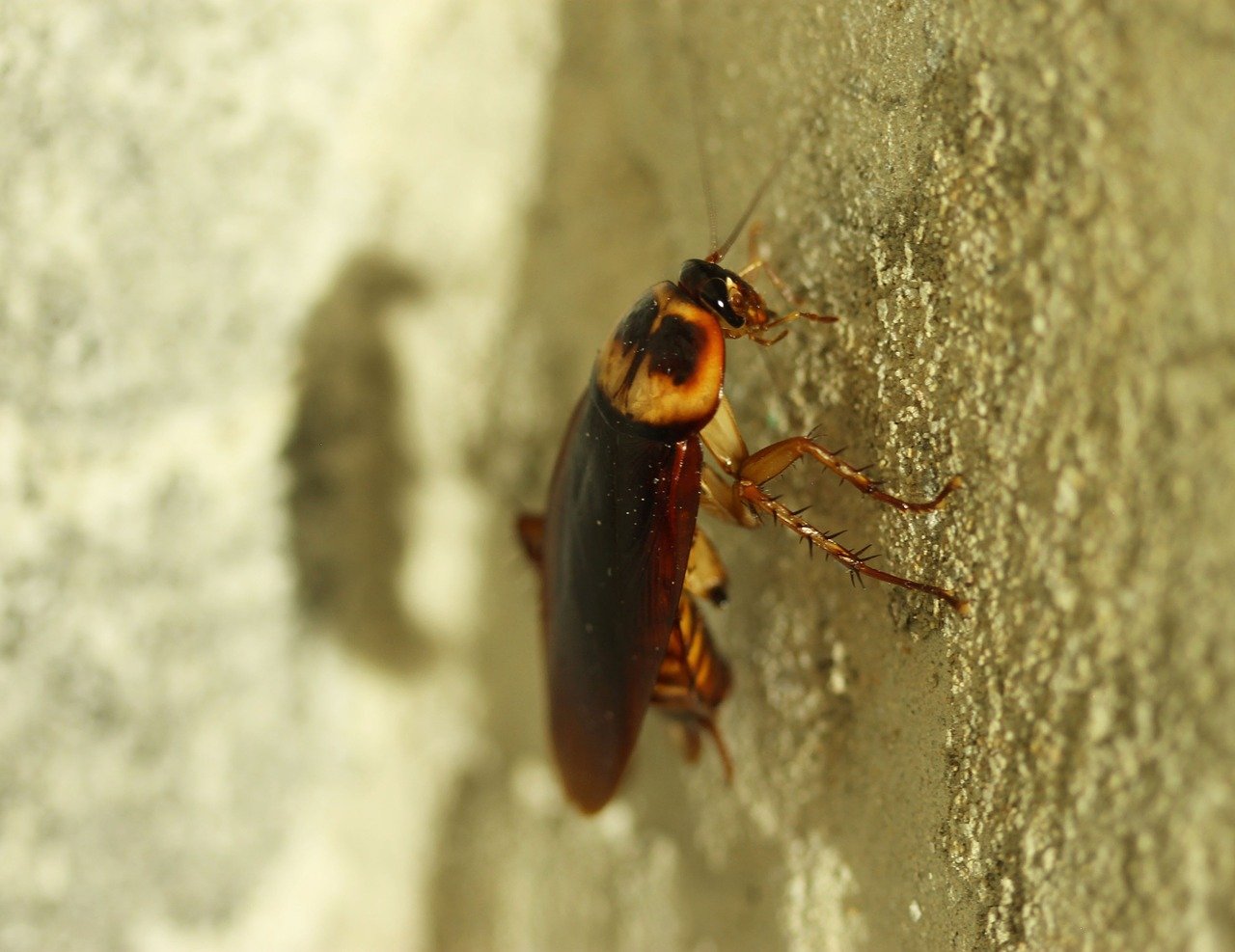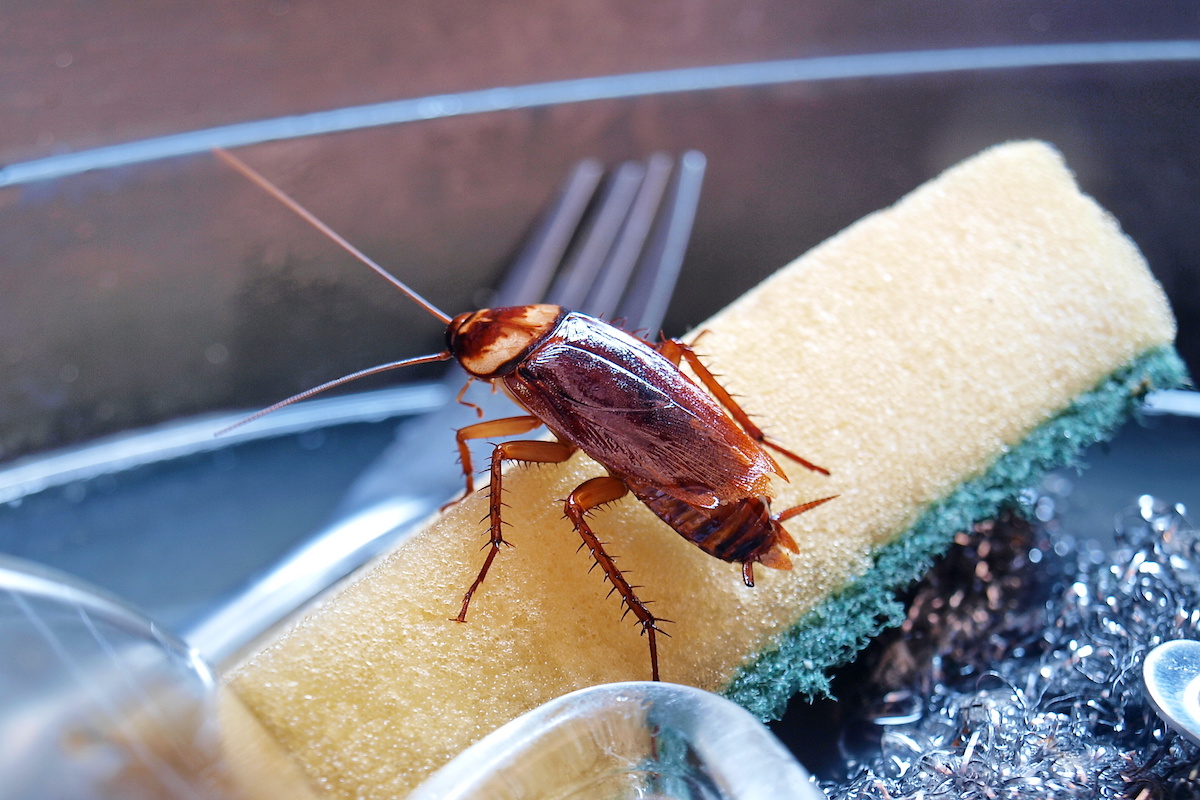
More Pest ID
- Acrobat Ants
- American Dog Tick
- Argentine Ants
- Asian Roach
- Bed Bugs
- Big Headed Ant
- Black Legged Tick
- Black Widow Spider
- Brown Banded Roach
- Brown Dog Tick
- Brown Widow Spider
- Cellar Spider
- Crazy Ant
- Dry Wood Termites
- Elongated Twig Ant
- Fire Ants
- Florida Carpenter Ants
- Florida Woods Roach
- Formosan Termites
- German Roach
- Ghost Ants
- Jumping Spider
- Little Yellow Ant
- Lone Star Tick
- Oriental Roach
- Pavement Ants
- Pharaoh Ants
- Pyramid Ants
- Rover Ant
- Smokybrown Roach
- Subterranean Termites
- Thief Ant
- White-Footed Ant
- Wolf Spider
- Yellow Sac Spider
Did you know that according to the experts at PestWorld,
“The American cockroach is the largest of the house-infesting roaches and a major pest in the United States.”
Perhaps you know that fact all too well and wish you didn’t. To rid any home of American cockroaches, there should be an understanding of the facts about these roaches.
American Cockroach Facts
The American cockroach is the same bug, also called by other names. Folks refer to them as the water bug, the Bombay canary, or the palmetto bug. However, it is not native to America. They came in on ships from Africa around the 1600s.

Appearance
The American cockroaches have a flattened oval body with very long antennae. They are reddish-brown in color with a light yellow line right behind the head. These bugs are on average 1.4” to 1.6” in length, but they can grow to be more than two inches. And, they can fly short distances.
Behavior and Habitat
The American cockroach is found outdoors in moist areas like mulch beds, woodpiles, flowerbeds, and sewer systems. In some parts, they live on trees, which is how they got the nickname of palmetto bugs. Like any other pest, the roach enters a home to look for food and water.
The cockroach is said to have a lifecycle of up to 700 days, and they molt up to 14 times in that lifespan. So, when they sense danger, they dart out of sight through the smallest cracks and crevices, and they run very quickly. Additionally, they are nocturnal and keep away from all light. And incredibly, the cockroach nymphs can regenerate their limbs.
Diet
The American cockroach feeds on just about anything it can find. They are omnivorous and opportunistic. Not to mention, they will even eat their own dead.
Reproduction
American cockroach females lay eggs in bean-shaped cases that protrude from the body for a few hours to four days. And one capsule is formed each week until 6 to 14 have been released. Additionally, each case has up to 16 eggs that will hatch in 5 to 7 weeks.
The LifeCycle
Hatched capsules release whitish-brown nymphs, who later turn reddish-brown. In about 15 months, they become adults and will live almost 15 months.

Are American Cockroaches A Danger to Humans?
Though American Cockroaches are not poisonous or known to attack, they can carry disease over food or around your home and cause damage to your home.
They carry Salmonella on their legs and later deposit it on foods found in the pantry or at your picnic. What’s more, the feces and fallen body parts can cause allergic reactions and asthma in people.
Getting American Cockroaches Out of Your Home
Drive-Bye Exterminators pest control company provides a wide array of pest elimination services, including American Cockroach eradication. American Roaches are among the hardiest and challenging to destroy of all pests. So, enlisting the help of an experienced exterminator company is the best way to get them out of your home or business.
Contact Drive-Bye Exterminators today for expert pest control in Clearwater, Palm Harbor, Dunedin, St. Petersburg, Largo & Tampa. Our friendly experts are waiting to solve your American Cockroach problem.






